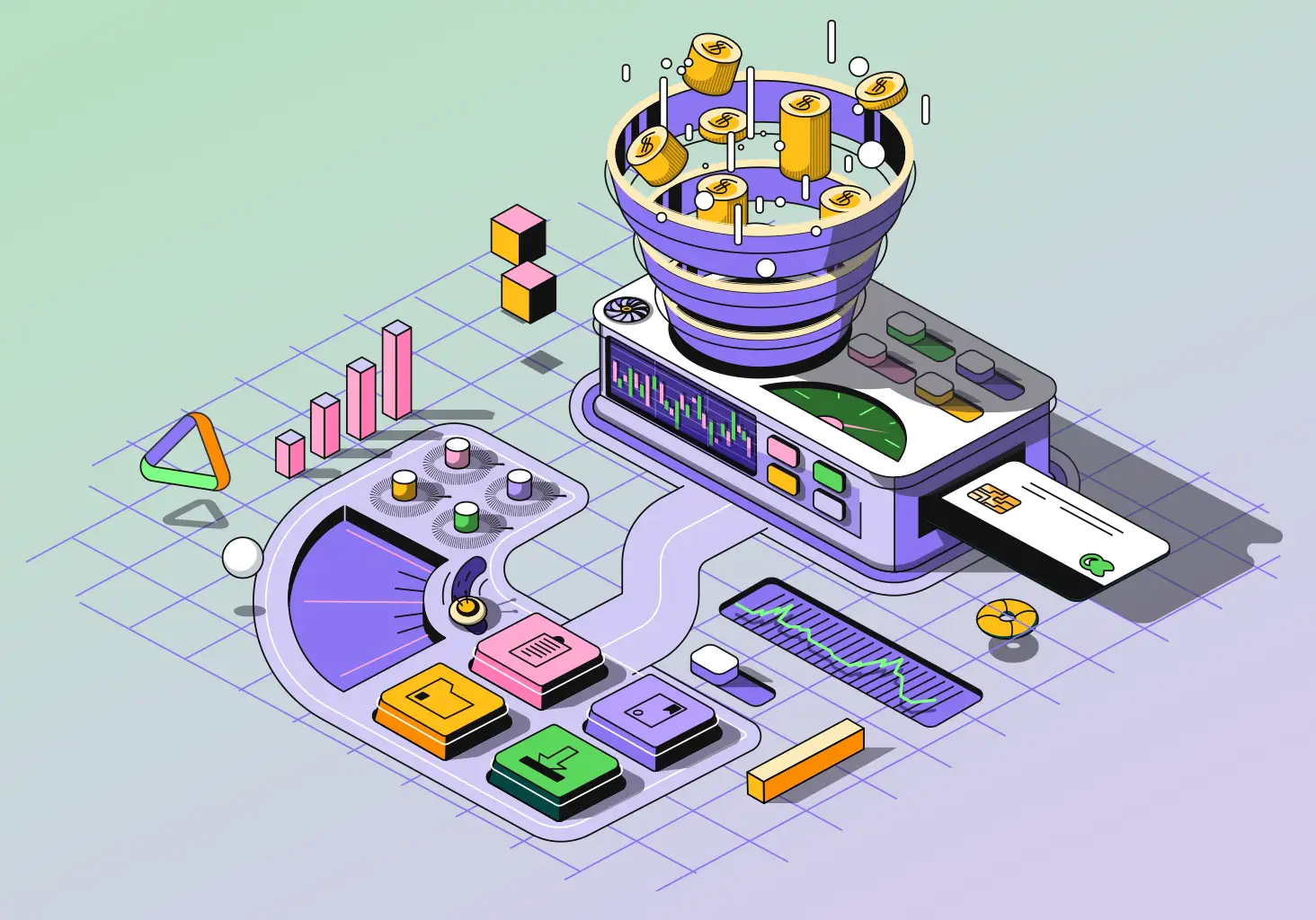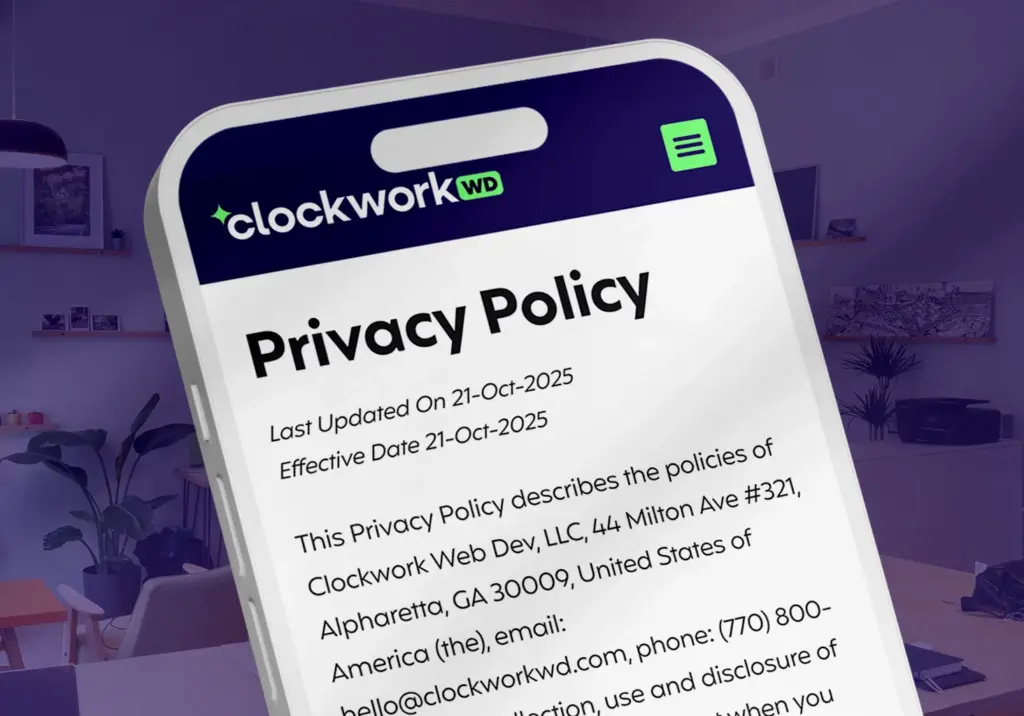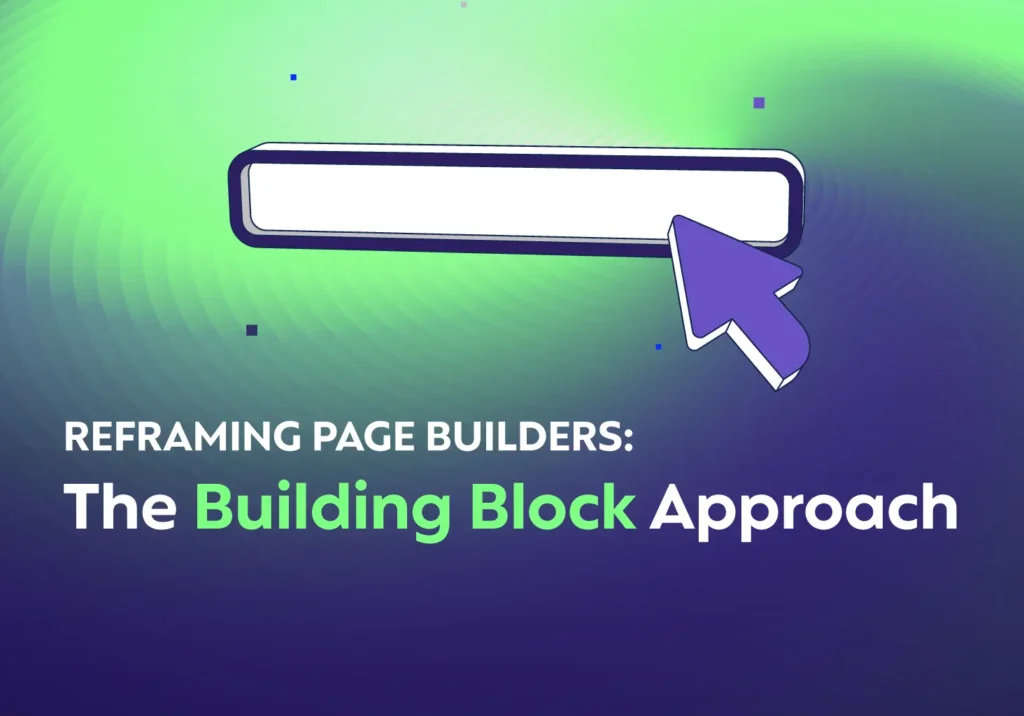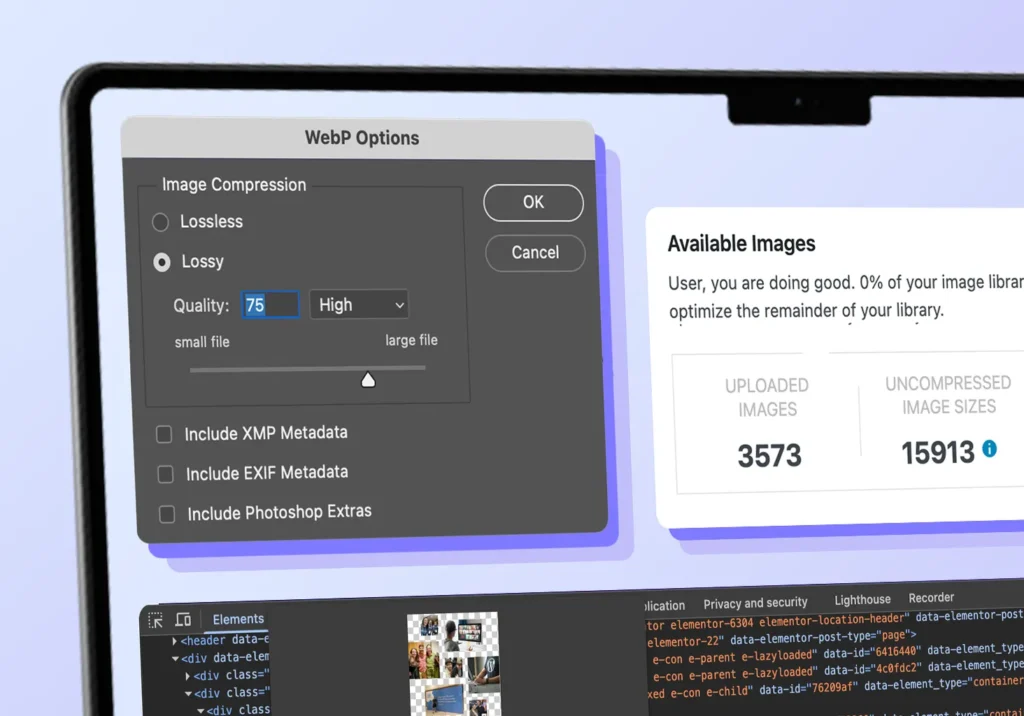One thing you learn from helping people build websites is that every organization, no matter the size, wants to do more with less. From small businesses to larger enterprise clients, everyone is looking to bring out the best in their business website while maximizing their investment. But vague advice like “plan ahead” or “prioritize UX” doesn’t actually help you save any money.
So let’s get specific. Here are eight realistic strategies to reduce website costs without sacrificing quality, and some action steps to get started.
1. Keep It Lean: Start Small – and Scale
One of the best ideas for launching a website on a budget is to start small. Focus on launching a condensed Phase 1 version of your site that prioritizes only the essential pages: a Homepage, About us, a single Service or Product page, and a Contact form. Once you get a feel for how those pages are going to look, you can move onto new sections with more confidence.
How to start small:
- Identify the minimum viable website that serves your most critical business needs
- Launch this core site first to start generating returns quickly
- Plan future phases based on performance data rather than assumptions
- Budget for each phase separately, allowing flexibility to adjust priorities
This approach not only keeps initial costs down but also helps you get to market faster. When you’re on a tight budget, the key is to get something functional and polished live. Then, you can build from there based on real user feedback and evolving goals. This helps avoid overspending on features that might not deliver the expected value.
2. Focus on Business Outcomes First
This approach not only keeps initial costs down but also helps you get to market faster. When you’re on a tight budget, the key is to get something functional and polished live. Then, you can build from there based on real user feedback and evolving goals. This helps avoid overspending on features that might not deliver the expected value.
Create a simple spreadsheet with three columns: Website Goals, Key Performance Indicators (KPIs), and Priority Level. This helps you make strategic decisions about where to allocate resources.
|
Website Goal
|
Key Performance Indicator
|
Priority
|
|---|---|---|
|
Generate qualified leads
|
Contact form submissions
|
High
|
|
Reduce support calls
|
Self-service resource usage
|
Medium
|
|
Showcase expertise
|
Content engagement metrics
|
Medium
|
|
Build email list
|
Newsletter signups
|
Low
|
Scroll Horizontally on Mobile
This foundation lets you see that every dollar spent directly contributes to measurable business outcomes. Your lower priority items can be tackled in a future phase. When your goals are clear and actionable, you can make better decisions about what’s necessary versus “nice to have.”
3. Content Strategy Drives Design Efficiency
Confusing content is just as frustrating as confusing signage in a store. Well-organized content makes your whole design and development strategy more efficient. It’s also part and parcel to quality user experience. When you and your website team knows exactly what content needs to be presented and why, you can create more with less back-and-forth.
Before design begins, create a content inventory with these elements:
|
Page
|
Primary Focus
|
Key Message
|
Call to Action
|
Content Status
|
|---|---|---|---|---|
|
Home
|
Establish Credibility
|
We solve [problem]
|
Request consultation
|
Draft complete
|
|
Services
|
Detail offerings
|
Our approach delivers [result]
|
Schedule demo
|
Outline only
|
Scroll Horizontally on Mobile
Having this clarity makes the design process substantially more efficient and directly improves your site’s overall cleanliness and effectiveness. I’ve seen projects with clear content strategies require half as many design iterations as those where content is an afterthought.
4. Don’t Sleep on SEO
Once you’ve mapped out your content framework, you’re already halfway to good SEO. They’re two sides of the same coin – not separate initiatives with separate budgets. The content plan you’ve already created is the perfect foundation for search visibility.
Enhance your content inventory by adding these SEO elements:
- Identify 1-2 target keywords for each page that align with your business goals
- Use Google Trends or a free tool like Ahref’s Keyword Generator
- Draft page titles and meta descriptions that incorporate these keywords naturally
- Structure your site hierarchy to match how people actually search for your services
- Create descriptive URLs that both humans and search engines can understand
We recently helped SteelMart set up this local content-SEO strategy, and their organic traffic increased by 190% in just four months. The key was integrating SEO thinking directly into their content planning from the beginning – not tacking it on as an expensive add-on.
Think of these SEO basics as part of your content planning, not a separate project. They’re fairly simple to put in place from the start and start working immediately. Later, you might want ongoing SEO support to go deeper, but these fundamentals give you a solid head start when they are a priority during the website build.
5. Optimize Your Decision-Making Process
Another big budget-killer I see is inefficient decision-making when you have multiple stakeholders on your team, like co-owners, investors, department heads, all weighing in. The more people involved without clear roles, the more time (and money) spent managing feedback and revisions. When everyone has veto power, your timeline stretches and your budget shrinks.
Before your project begins, establish:
- A single final decision-maker on your team, someone everyone trusts
- Clear criteria for evaluating design and functionality
- A structured feedback process with defined rounds of revision
- Scheduled review sessions to prevent scattered feedback
These guardrails prevent the scope creep and endless revisions that can quickly double project time investment and costs. When working with a web design agency, make sure you connect internally with your team before external meetings to confirm everyone is on the same page.
6. Smart Website Platform Choices
The website platform you choose dramatically impacts your initial and ongoing costs. While custom development, like headless architecture, has its right place, established platforms like a traditional WordPress setup offer tremendous value through their mature yet flexible ecosystems.
Evaluate platform options based on:
- How closely the platform's core capabilities align with your requirements
- The availability of pre-built components that can be customized
- Long-term maintenance requirements and costs
- The size of the developer ecosystem for future support
For most organizations, WordPress hits the sweet spot of customization, established best practices, and long-term viability. There’s a reason this CMS powers nearly half of the world’s websites. There’s decades of evidence showing how it can handle everything from simple brochure sites to complex applications without breaking the bank.
7. Value-Over-Volume Web Design
Building on the “keep it lean” approach we talked about earlier, remember that you don’t need to spend big on design to create an effective website. What matters most is focusing your design resources strategically.
Direct your design resources to these high-impact areas:
- Engaging homepage that captures who you are and what you offer
- User flows for your core conversion pathways
- Mobile responsiveness and performance optimization
- Clear, consistent navigation and content architecture
Clean, focused design that guides users toward taking action will outperform flashy aesthetics that lack strategic purpose. Your design should prioritize the elements that directly support your business outcomes.
The content and SEO strategy you developed earlier becomes your roadmap for smart design decisions, helping you invest in the pages and features that actually matter to your users as well as search engines.
8. Plan for Post-Launch Maintenance
Emergency fixes cost significantly more than planned maintenance. Build ongoing care into your initial budget planning to avoid costly surprises later.
Include these post-launch elements in your initial planning:
- Regular performance monitoring and optimization
- Content refreshes based on analytics insights
- Fast, dependable web hosting that never leaves visitors waiting
- Security updates and technical maintenance
- Incremental improvements driven by user feedback
Incorporating these cost-cutting ideas into your web design creates a foundation for continuous improvement based on real user data. We designed our website care plans to cover exactly these needs, so you can turn unpredictable costs into strategic improvements.
Understanding the Trade-offs
Being budget-conscious means making strategic choices (and probably a few trade-offs) about where to invest your resources. Here’s what to keep in mind as you prioritize things:
What you’ll likely need to compromise:
- Custom design elements – Templates and frameworks offer significant savings, but limit some design uniqueness
- Number of pages – Going back to value-over-volume, start with a strong foundation of core pages and make additions over time
- Advanced functionality – Features like custom animations, e-commerce integrations, and membership areas add substantial costs
- Paid advertising – PPC campaigns might need to wait until your site is generating returns
What you should NEVER compromise:
- Performance – Slow sites lose visitors and damage your brand regardless of your budget
- Homepage - Your digital front door that welcomes visitors in or sends them running
- Mobile optimization – With most traffic coming from mobile devices, this isn't optional
- Security – Budget hosting often cuts corners on security, leading to costly problems
- Clear navigation – Even the prettiest site fails if visitors can't find what they need
Think of your website as a living project, not a one-and-done launch. The most cost-effective approach is to start with the essentials, then grow intentionally based on real-world results.
Maximizing Your Web Design Dollars
These are just a few web design strategies focused on allocating limited resources more efficiently. The most successful website projects I’ve managed have all employed these approaches, regardless of overall budget size.
Remember that a website is an investment in your business growth. The goal isn’t to spend as little as possible, but to generate the greatest possible return on what you do spend.
Looking for ways to maximize your web design investment?
Our team can help – let’s talk.




